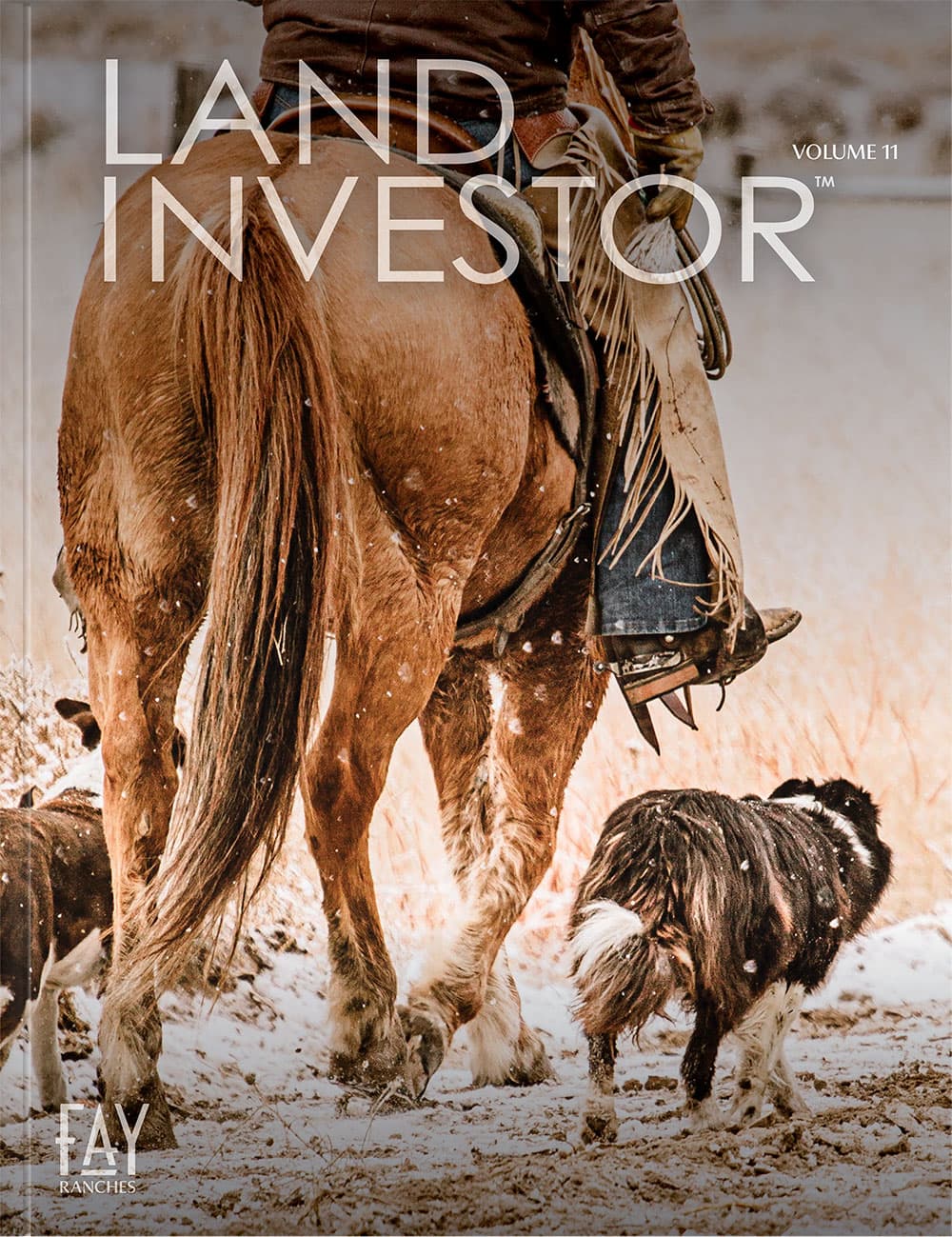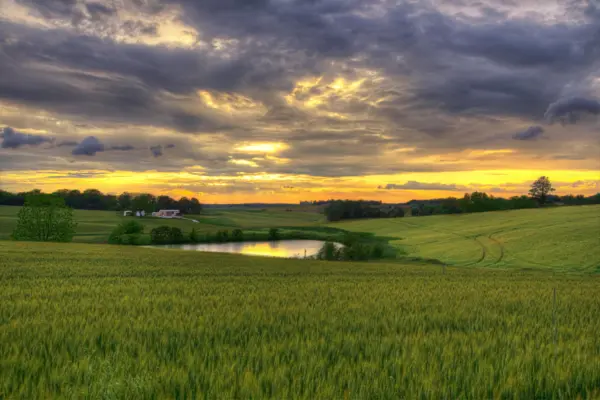The new Grassland CRP program is funded by the United States Department of Agriculture’s Farm Service Agency (FSA). The program was established by Congress in the 2014 Farm Bill but was formally recognized in the Federal Register in July 2015. The focus of the program is to maintain the current plant cover which protects soils. The intention is to help farmers and ranchers protect grasslands, which include rangeland and pastureland while continuing to utilize these areas for foraging. The program helps provide extra support for grazing operations, biodiversity of plants and animals, and select lands fostering forbs and shrubs with the highest threat of conversion.
The FSA will allot annual payments to participating landowners, who are approved through a ranking process that prioritizes specific land types and locations. The program is offered nationally, but there are some priority zones that earn an applicant a larger score in the ranking formula. The annual payment varies by county, but the national minimum was thirteen dollars per acre for the May 2022 sign-up. The annual rent payment is based on seventy-five percent of the grazing value of the land, which is determined by the FSA. In return for the annual rental payments, they aim to guide farmers and ranchers to enhance the sustainability of their operations while they continue production already in place. The FSA does this by establishing guidelines to graze and farm the land in a manner conducive to maintaining a healthy cover and providing habitat for plants and animals alike, benefiting wildlife along with livestock.
To enroll, contact your local FSA office to get set up in their system. You will have to file a few documents of ownership and will be assigned official farm and tract numbers for your acreage. You must have owned the land twelve months prior to applying for the program. The application to enroll in the Grassland CRP is concise. At the end of the application process, you receive your ranking number. There is a pre-established time frame for the sign-up; once that is complete and all applications have been filed, the Secretary of Agriculture makes the final determination for the minimum ranking score that will be accepted for that year’s offering.
The contracts are either ten or fifteen years in length. Bonus points are awarded if the landowner chooses the fifteen-year option during the application process. As an example, I was able to enroll some of my acreages in the 2021 sign-up. My application was approved, and my contract pays twenty dollars per acre, per year, for fifteen years. When my application was approved, my ranking score was 80.
THE FSA uses the following ranking factors:
- Existence of expiring CRP
- Existing small livestock operation
- Existing grassland
- Existing multi-species cover and predominance of native species
- State Focus Area (land-based) determined in consultation with State Technical Committee
- Applicant is an eligible beginning, Veteran, or socially disadvantaged farmer or rancher.
- Cost









